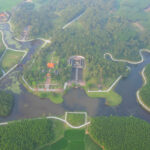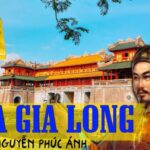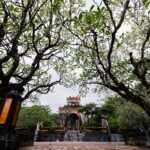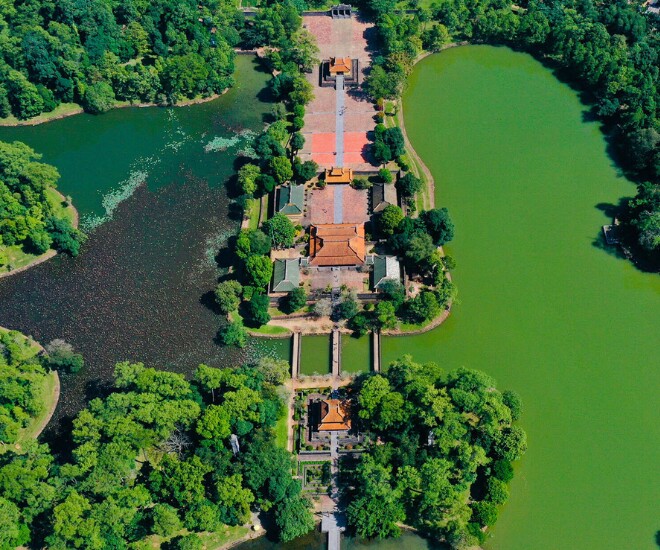
Nestled amidst picturesque landscapes, the Minh Mang Mausoleum in Hue stands as a testament to the grandeur and historical significance of the Nguyen Dynasty. With its unique architectural style, harmonious blend of nature, and historical allure, it has become a magnet for tourists, historians, and enthusiasts of geomancy alike.
The Nguyen Emperor With the Largest Offspring
Emperor Minh Mang, the second ruler of the Nguyen Dynasty, ascended the throne in 1820. During his reign, he implemented significant reforms across various sectors, including administration, economy, culture, and military affairs.
In terms of administration, Emperor Minh Mang undertook the most extensive administrative reform in the history of Vietnam’s monarchical system. He divided the country into 30 provinces and the capital prefecture of Thua Thien, streamlined the bureaucratic system, and clearly defined the responsibilities of each rank. As a result, the state apparatus became more efficient and streamlined.
In the economic sphere, the emperor prioritized agriculture, encouraged land reclamation, and constructed dikes to prevent flooding. He also fostered international trade by permitting foreign vessels to trade in the country. These policies spurred economic growth and improved the lives of the populace.
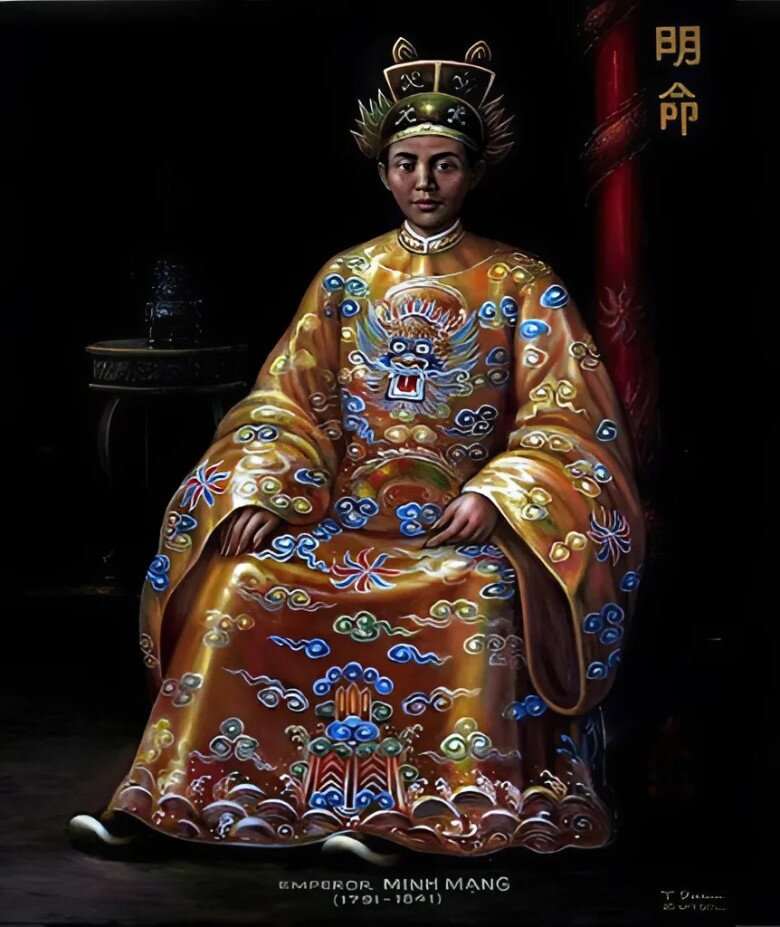
According to the “Nguyen Phuc Toc The Pha,” Emperor Minh Mang had 43 wives and fathered an astonishing 142 children, comprising 78 princes and 64 princesses. He holds the distinction of being the Nguyen emperor with the most wives and the largest number of offspring.
In the cultural realm, Emperor Minh Mang upheld Confucianism and promoted education by establishing numerous schools and encouraging academic pursuits. He also commissioned the compilation of significant books, such as the “Dai Nam Thuc Luc” and the “Dai Nam Nhat Thong Chi,” thereby preserving and propagating the cultural values of the nation. On the military front, he focused on strengthening the army, particularly the navy. He ordered the construction of warships and intensified patrols to safeguard the country’s maritime sovereignty.
Prior to his reign, Emperor Minh Mang envisioned a mausoleum that would serve as a place of repose after his reign and as a site for ancestral worship. This endeavor commenced with a 14-year search for an ideal location, culminating in the selection of Cam Khe Mountain. The mountain, endowed with harmonious elements of water, mountains, and lush greenery, was subsequently renamed as Hieu Son, and the mausoleum was christened as Hieu Lang.
After scrutinizing architectural designs and reports, construction of the mausoleum began in April 1840. However, during the building process, Emperor Minh Mang fell ill and passed away. A month later, his successor, Emperor Thieu Tri, ascended the throne and oversaw the continuation of the construction. It was only in 1843 that the Hieu Lang Mausoleum was officially completed.
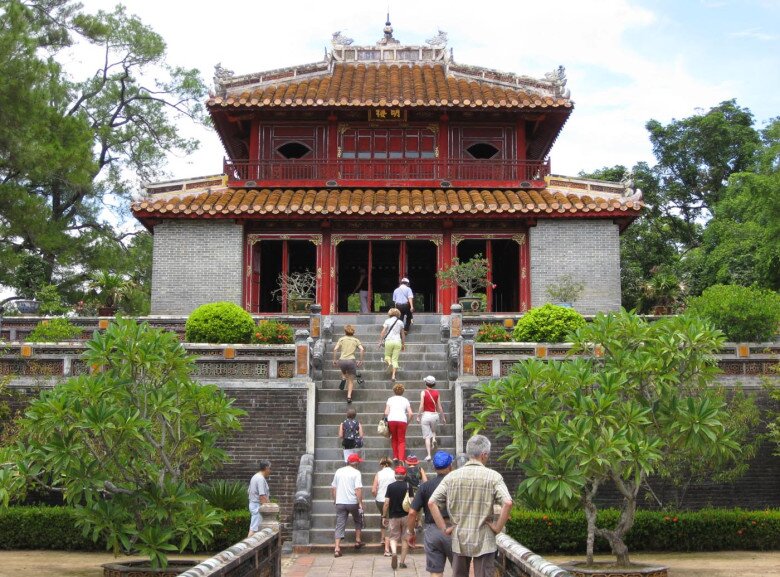
Today, the Minh Mang Mausoleum stands as a captivating tourist destination, offering visitors a glimpse into the historical narratives of the Nguyen Dynasty. It promises a unique experience for both domestic and international travelers.
The mausoleum is nestled within a serene natural setting, featuring verdant hills, crystal-clear lakes, and majestic ancient trees. This tranquil environment evokes a sense of peace and tranquility, providing visitors with a respite from the mundane.
Notable Attractions Within the Minh Mang Mausoleum
With its expansive grounds and over 40 structures, the Minh Mang Mausoleum boasts a plethora of captivating attractions. Here are five must-see destinations within this magnificent complex:
Dai Hong Mon
The majestic Dai Hong Mon, or Great Red Gate, serves as the main entrance to the mausoleum. Its imposing architecture and distinctive red hue make it an unmissable landmark. Dai Hong Mon was constructed with lime and bricks, featuring three passageways and 24 tiled roofs adorned with intricate carvings of carp transforming into dragons and long clouds. Historical records indicate that this gate was opened only once to allow the emperor’s coffin to enter, after which it was sealed shut. Visitors now access the mausoleum through two side gates, the Left Red Gate and the Right Red Gate.
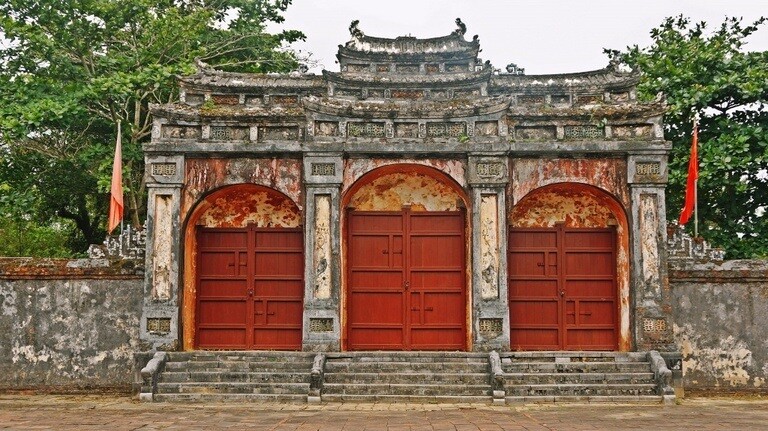
This gate presents an ideal photo opportunity for visitors exploring the Minh Mang Mausoleum.
Minh Mang’s Tomb and Temple
The tomb and temple of Emperor Minh Mang are among the most significant structures within the mausoleum complex. This sacred area is dedicated to the worship of the emperor and Ta Thien Nhan Empress, reflecting the reverence of posterity for this illustrious ruler.
The tomb and temple complex is divided into two main parts: the Hieu Duc Mon and the Sung An Palace. The Hieu Duc Mon, constructed with sturdy architecture and adorned with glazed tiles, serves as the gateway to the worship area. It embodies the distinctive style of the Nguyen Dynasty. Passing through the Hieu Duc Mon, visitors enter the Sung An Palace, where the tablets of the emperor and empress are enshrined.
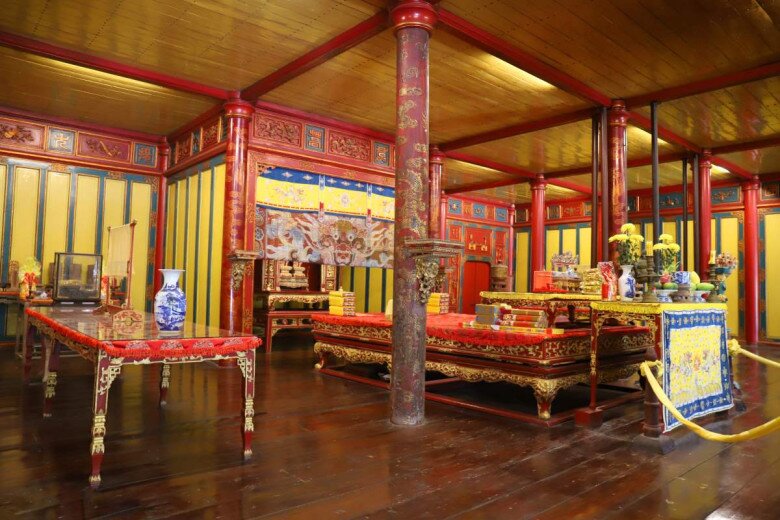
The interior of the tomb and temple exudes an aura of antiquity and solemnity, dominated by shades of red and gold that symbolize power and royalty. Delicate carvings of dragons and phoenixes adorn the lim wood columns and roofs, enhancing the sanctity and majesty of the space.
From the tomb and temple, visitors ascend 17 stone steps to reach the Hoang Trach Mon, which opens up to a captivating natural landscape. The vast blue sky, verdant trees, and serene ponds interspersed with wildflowers create a harmonious environment, reflecting Emperor Minh Mang’s philosophy of harmony between humans and nature.
Minh Lau Pavilion
The Minh Lau Pavilion captivates visitors with its striking red hue. Accessible via three bridges—the Ta Phu Bridge on the left, the Trung Dao Bridge in the center, and the Huu Bat Bridge on the right—the pavilion is situated near the Sung An Palace.
The Minh Lau Pavilion boasts a traditional square shape, with two stories and eight roofs, reflecting the architectural style of the Nguyen Dynasty. The intricate carvings on the pavilion showcase the exceptional craftsmanship of ancient artisans. The pavilion’s colors harmonize beautifully with its surroundings, creating an aesthetically pleasing ensemble.
Interestingly, the Minh Lau Pavilion served solely as a vantage point for subsequent emperors to admire the scenery and pay homage to their predecessors. At its center stands a wooden pedestal made from a single large piece of lim wood, adorned with mother-of-pearl inlays and supported by four bronze wheels for easy mobility. This ancient artifact remains one of the valuable relics preserved within the Minh Mang Mausoleum.

Today, the Minh Lau Pavilion, with its refreshing ambiance and idyllic surroundings, has become a popular spot for visitors to capture memorable photos during their exploration of the Minh Mang Mausoleum.
Thong Minh Chinh Truc Bridge
The Thong Minh Chinh Truc Bridge is a masterpiece of architecture within the Minh Mang Mausoleum complex, embodying the philosophical and aesthetic sensibilities of the brilliant emperor. Spanning across the Tan Nguyet Lake, it creates a picturesque landscape of mountains and water.
The allure of the bridge lies not only in its ancient architecture, featuring 33 stone steps leading up to the Minh Lau Pavilion, but also in the profound symbolism it conveys. The bridge represents the path of integrity and uprightness.
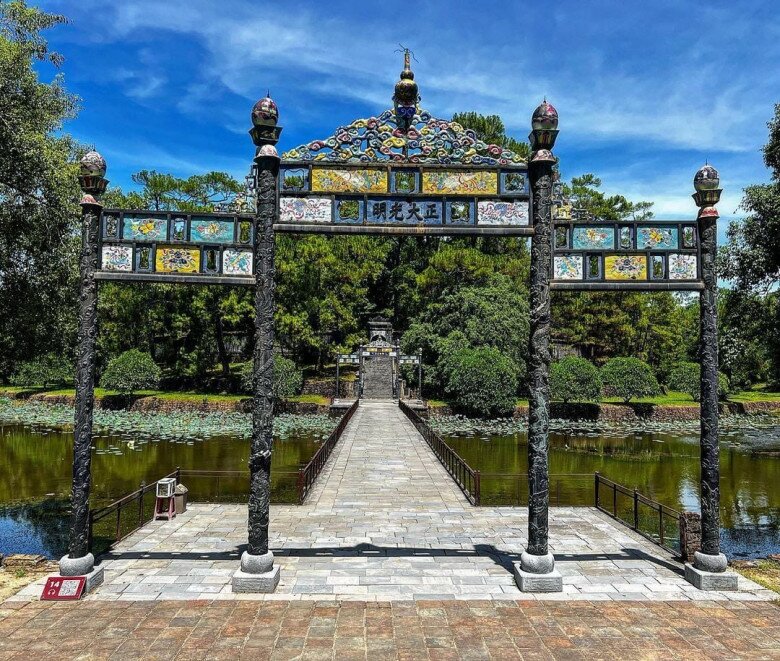
Standing on the bridge, visitors are treated to a panoramic view of the mausoleum’s breathtaking scenery, encompassing verdant trees, translucent lakes, and majestic architectural structures.
Bao Thanh Wall
The Bao Thanh Wall, with a circumference of 273 meters and a height of 3.5 meters, encircles a hill where Emperor Minh Mang’s coffin was interred. It features a single entrance and is adorned with lush greenery, predominantly pine trees. According to historical records, the emperor’s remains were buried deep within the hill, and the wall was erected to safeguard his eternal repose.
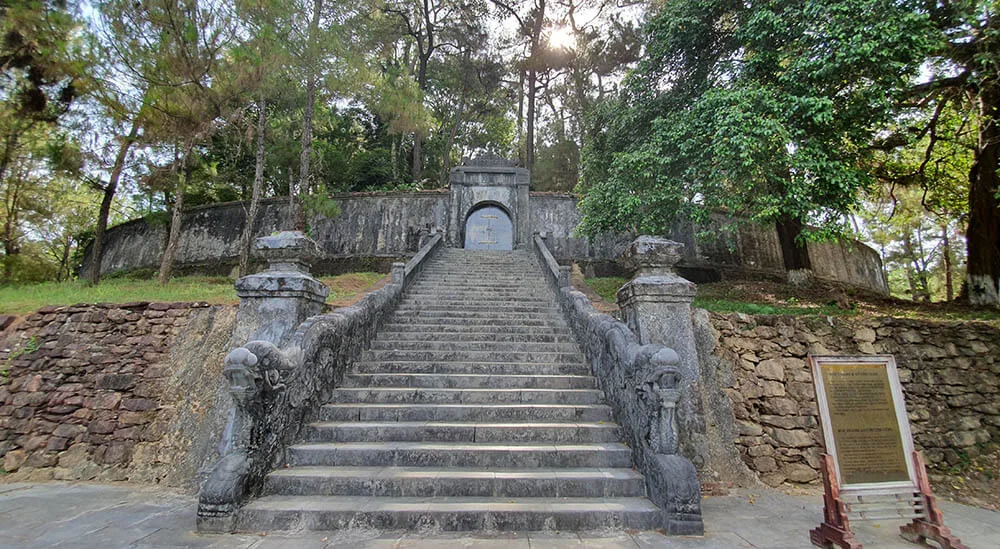
The Bao Thanh Wall is the final structure along the main axis of the mausoleum, marking the resting place of the emperor. It encompasses a large tomb surrounded by ancient trees, enclosed within a circular wall.
In addition to these highlights, the Minh Mang Mausoleum encompasses other architectural marvels that visitors can leisurely explore while immersing themselves in the rich history of Vietnam’s final monarchical dynasty.
The Oldest Market in Hue: A 170-Year-Old Legacy That Endured Through Time
The Gia Lac market exudes a unique charm, harking back to the nostalgic scenes of a bygone Tet holiday brimming with warmth and rich cultural heritage. It is not merely a traditional marketplace but a cultural hub, seamlessly connecting the past with the present, the sellers with the buyers, and, most importantly, preserving the quintessential spiritual values of Hue.

























